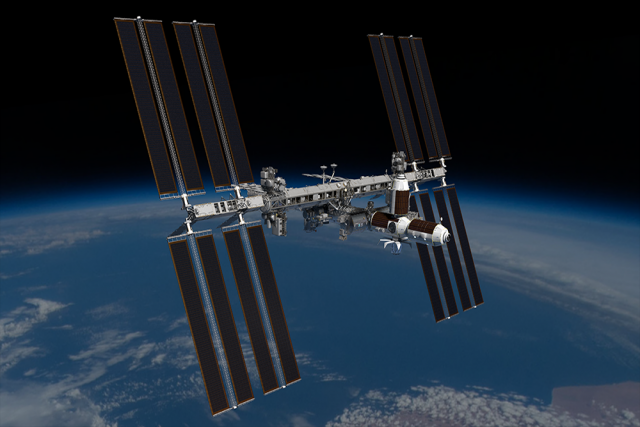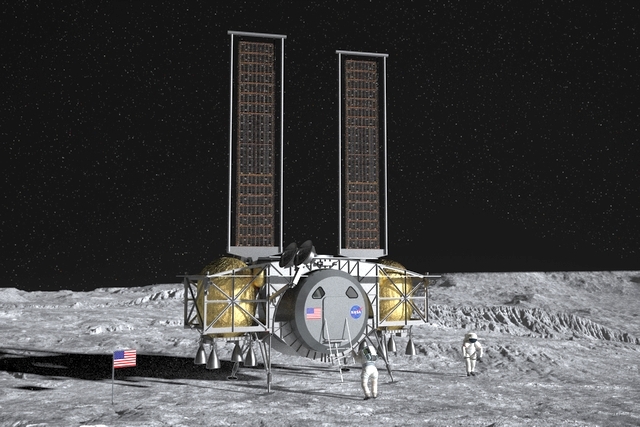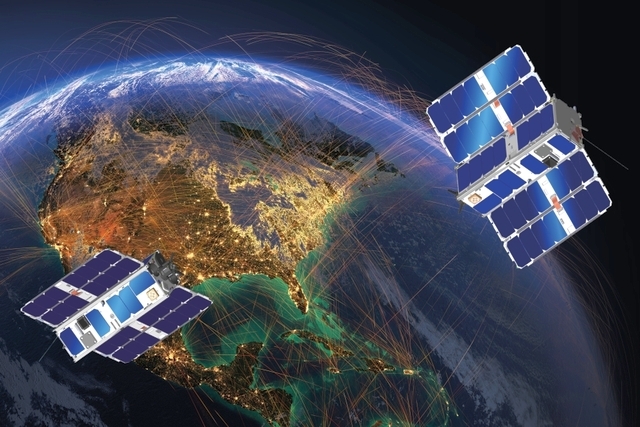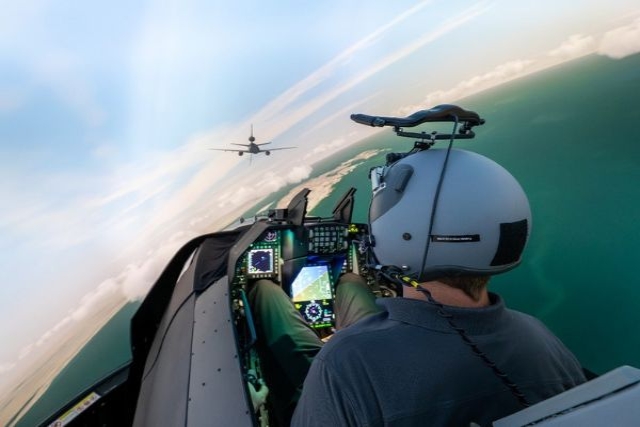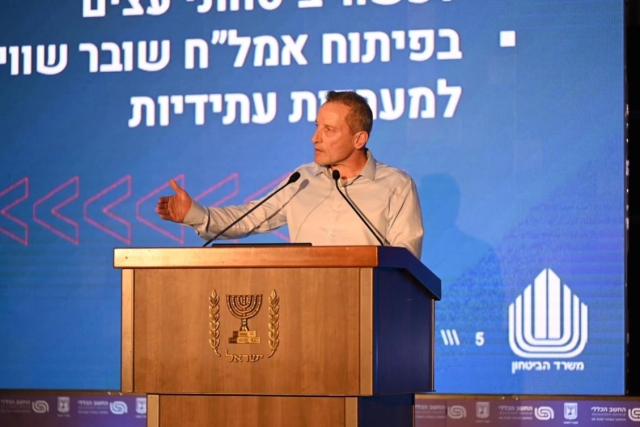Thales Alenia Technologies to Help ESA Mission in Defending Earth from Asteroids
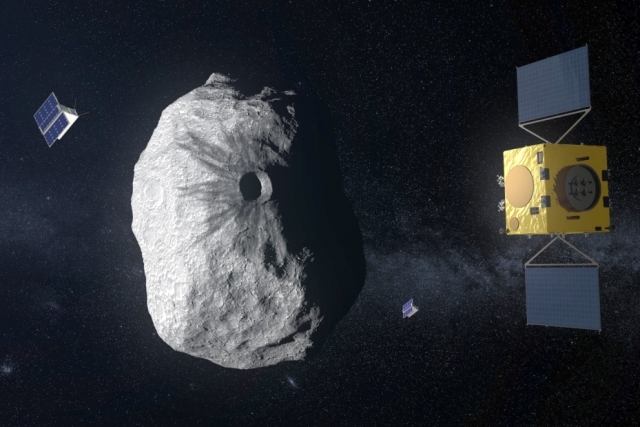
Thales Alenia Space has been selected by prime contractor, OHB and the European Space Agency (ESA), to provide communications and Power Conditioning and Distribution Unit (PCDU) for the HERA mission-aimed at deflecting Asteroids from hitting Earth.
Named after the Greek goddess, HERA, European contribution to Asteroid Impact & Deflection Assessment (AIDA) international cooperation- the first planetary defence mission of humanity aims to find out if we are capable of deflecting an asteroid and prevent it from hitting Earth.
AIDA consists of two missions, NASA’s Double Asteroid Redirection Test (DART), a kinetic impactor designed to deviate the orbit of the smaller of the two Didymos asteroids, and ESA's HERA inspector spacecraft, that will rendezvous the Didymos target asteroid about 4 years after the DART impact. HERA, scheduled for launch in 2024, will travel for the first time in history to explore a binary asteroid system, a Thales-Alenia release said Tuesday.
The systems provided by Thales Alenia Space will be key to the mission, allowing to control and track the spacecraft from a distance up to 500 million kilometer far away, to send all the information gathered by HERA back to Earth and to perform radio science.
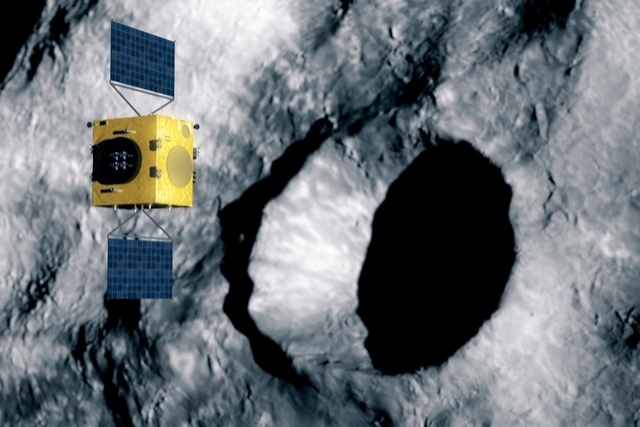
Thales Alenia Space in Spain will be responsible for the X-band Communications System, leading an industrial consortium which includes Thales Alenia Space in Italy, responsible for the state-of-art Deep Space Transponder that, exploiting a flight-proven digital platform, will allow robust communication with the Ground Station, and Thales Alenia Space in Belgium, responsible for the Travelling Wave Tube Amplifiers (TWTA), among other companies. Thales Alenia Space in Belgium will also provide the PCDU, the electrical core of the spacecraft.
Eduardo Bellido, CEO of Thales Alenia Space in Spain, said: “It is exciting to be part of this historic experiment for humanity to protect the Earth against asteroid collisions. Our technology will deliver essential data to scientists to be able to establish a planetary defence strategy based on asteroids deflection, to prevent the threat of an impact on Earth. Landing on Titan, mapping the Universe with Herschel and Planck, hunting a comet with Rosetta and now preventing Earth against Asteroid, all so amazing and unimaginable challenges our company is so proud to face”.
HERA will send key information to Earth on the physical properties of Dimorphos, (including mass, size, shape, volume, density, porosity, size distribution of surface material) to determine the momentum transfer efficiency of the impact and to allow scaling it to different asteroids; details of the crater formed by the impact to improve our understanding of the cratering process; and observations on the subtle dynamic effects that are difficult to detect from ground-based observations.
The Didymos binary asteroid system is prototypical of the thousands of asteroids that pose a hazardous risk of impact to our planet. Around the main body, 780 meter in diameter (the size of a mountain), orbits a 160 meter moonlet, Dimorphos, similar in size to the great pyramid of Giza. HERA will target this moonlet, which will become the smallest asteroid ever visited by a probe.
The DART spacecraft will be launched in July 2021 and is expected to hit the surface of Dimorphos on September 2022 at a speed of almost 7 kilometers per second, which is expected to modify its orbit around Didymos and create a substantial crater. Dimorphos will thus become the first object in the Solar System whose orbit and physical characteristics have been measurably modified by human effort.
The HERA spacecraft will reach the binary asteroid by the end of 2026, and during 6 months it will perform a detailed study mapping the impact crater caused by DART and measuring the mass and other physical properties of the asteroid to determine the effect of the impact on its orbit. Thus, the data provided by HERA will allow, for the first time, to validate and refine the numerical impact models at the asteroid scale, thus making this deflection technique ready for use for planetary defense if it were ever necessary to safeguard the Earth.

